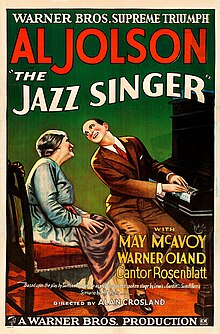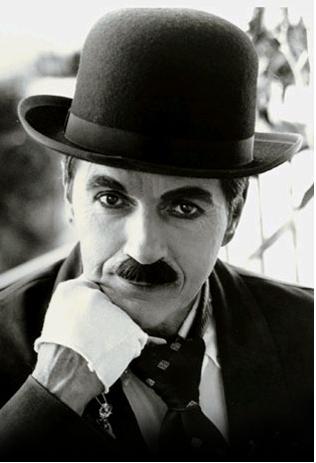1. What tradition or genre is it in?
Psycho categorizes as a horror film. "Horror", however, is a broad category. If one were to further categorize it and give it a more specific genre, Psycho could be called a "psychological horror" or "psychological thriller". This is important because it is believed to be the film that coined the genre itself. There had been generic horror films prior, but Psycho took the genre to a new level, a level that made the audience wonder.
2. What are the features determining genre or elements that tell us what type of film this is?
There are many aspects of the film that point out its genre. One major key is the musical score. Pycho has a chilling even intense soundtrack. High pitched screeches and dark ambiance are often preset in the background, adding a spooky feel to the movie. Setting also plays a major part. Use of setting and lighting are also important aspects. Dark, highly shadowed areas are seen throughout the film supplying the audience with a mysterious feel.
3. What other work might it be connected to?
The movie itself was based after the novel Psycho, which was written in 1958. Similar characters and plot were used and a great deal of inspiration came from it.
 4. Who made this? Why?
4. Who made this? Why?Filmmaker Alfred Hitchcock, curated and directed this movie. He was a popular filmmaker at the time and had been know to steer away from the ordinary. It brings no surprise that he would be the one to make a movie like Psycho.
5. What can we tell about its’ creators?
We can tell that Hitchcock and his team were, in a way, rather twisted. They were twisted in an artistic sense, however. They strove to stay away from social norms and challenged what was acceptable at the time. They brought great shock to the public with the unveiling of this film but in a sense brought the film industry into a revolution.
6. How does it fit within the director’s other work?
a. Does it share significant narrative or thematic concerns?
b. Does it share particular visual or technical elements?
Alfred Hitchcock had been known for his maniacal and dark films. Like I said before, it wasnt surprising that Hitchcock happened to be the one to make the first "Psycho-like" film. Her was always pushing the boundaries on what was acceptable and luckily, this worked as an advantage to him. Although the film takes the genre to a new level, Pycho is very similar in genre and narrative to Hitchcock's other films and conveys similar themes. It shares similar visual elements and incorporates Hitchcock's iconic style.
7. What is the film’s theme?
The film Psycho coveys a theme related to mystery. It shows and follows the "Unconventional Killer". Previously, most villians in the film world were obvious and, in a way, over-exaggerated. It was always too easy to tell who the "bad guy" was. Psycho took a different route, and made a character like Norman Bates the villain. This gave the message that villians were hiding in broad daylight. It showed that terror and evil can come from the unsuspected and that no one can be truly sure if they are safe.
8. What is the target audience? How does it address its audience?
I believe Hitchcock's target audience was everyone. He wanted the whole world to see the film and understand the message he was delivering, as well as enjoy the presentation he was going to give. Some young children may be excluded from this, but Hitchcock wanted the masses to see this change of scenery he had created.












